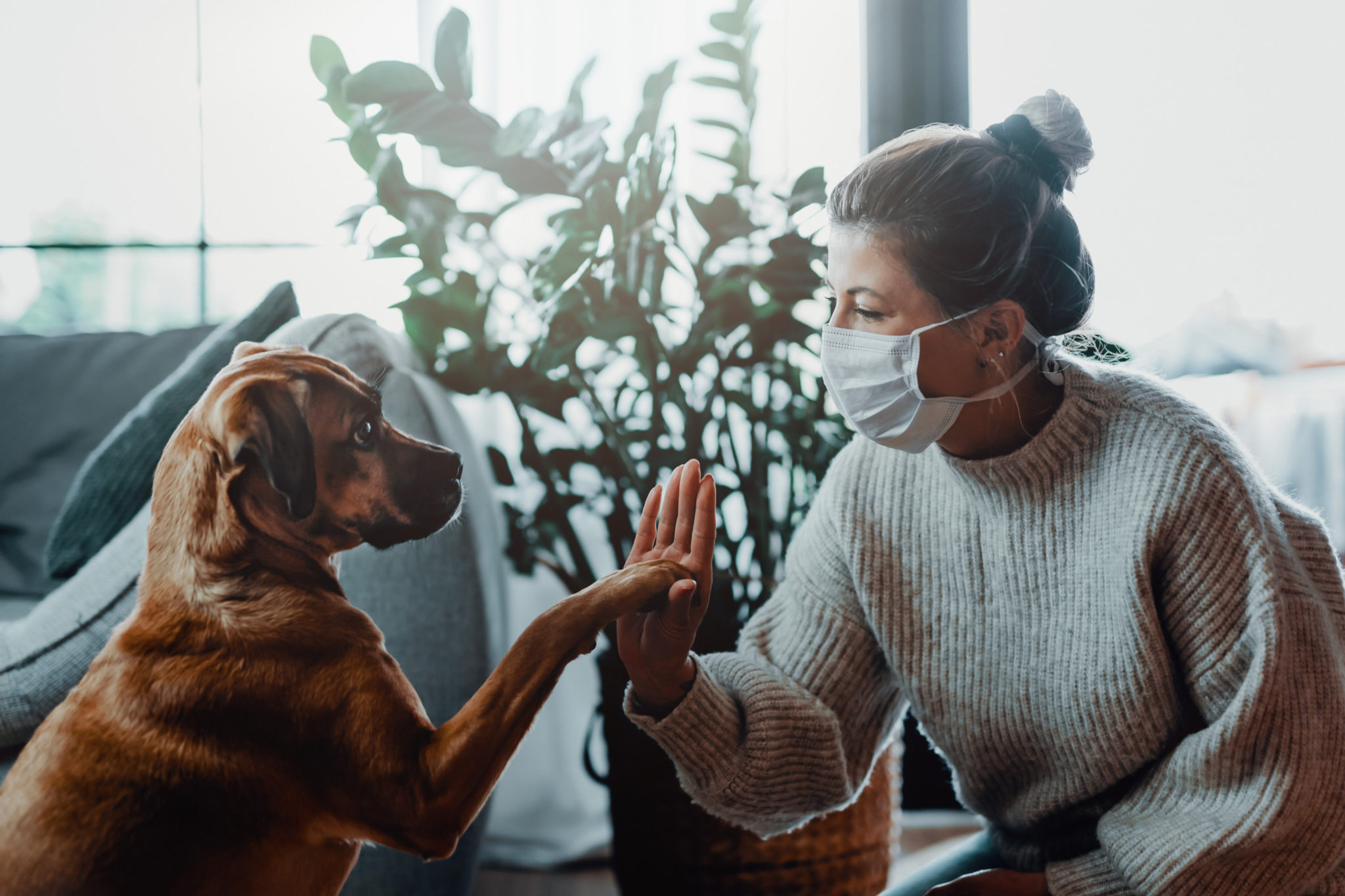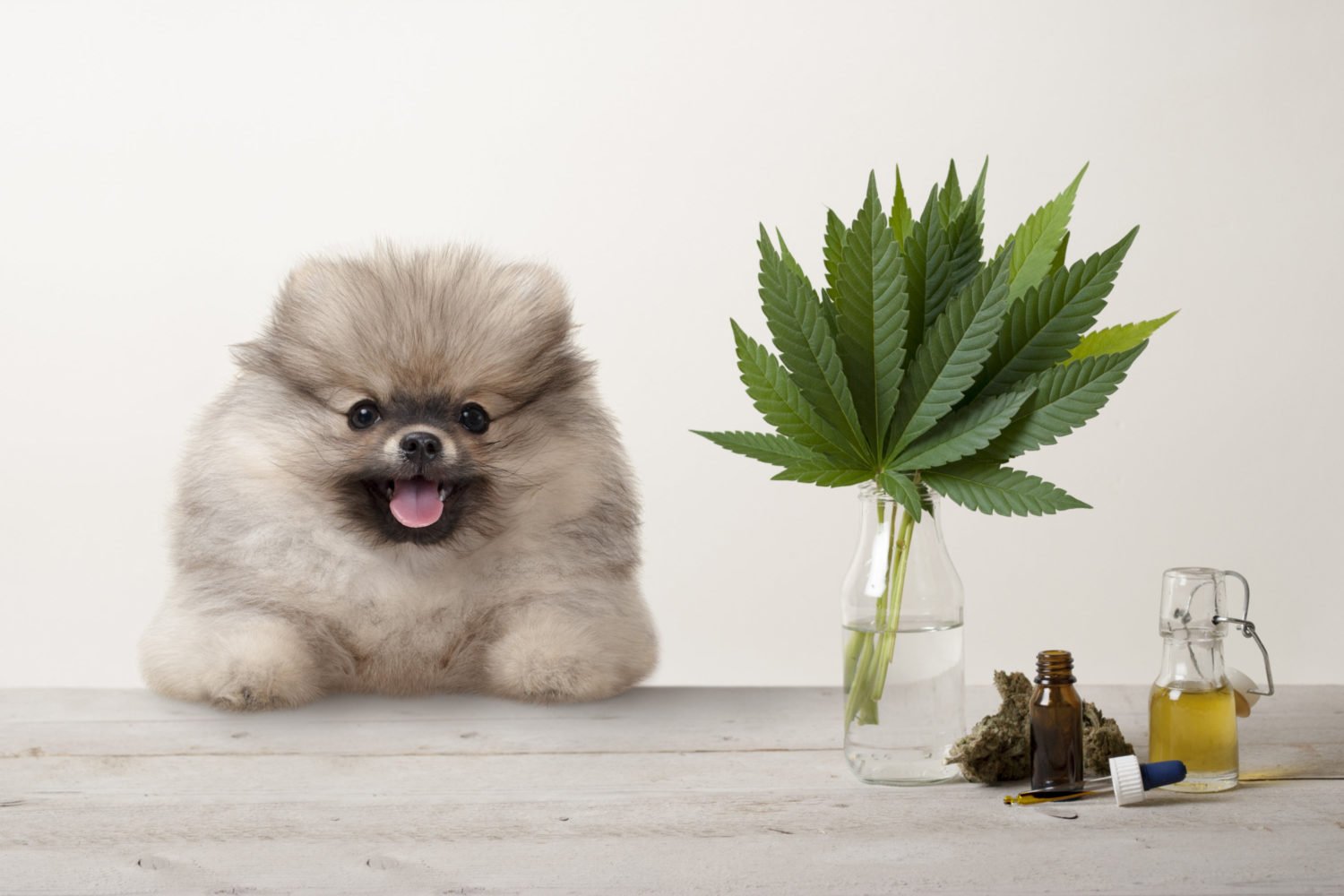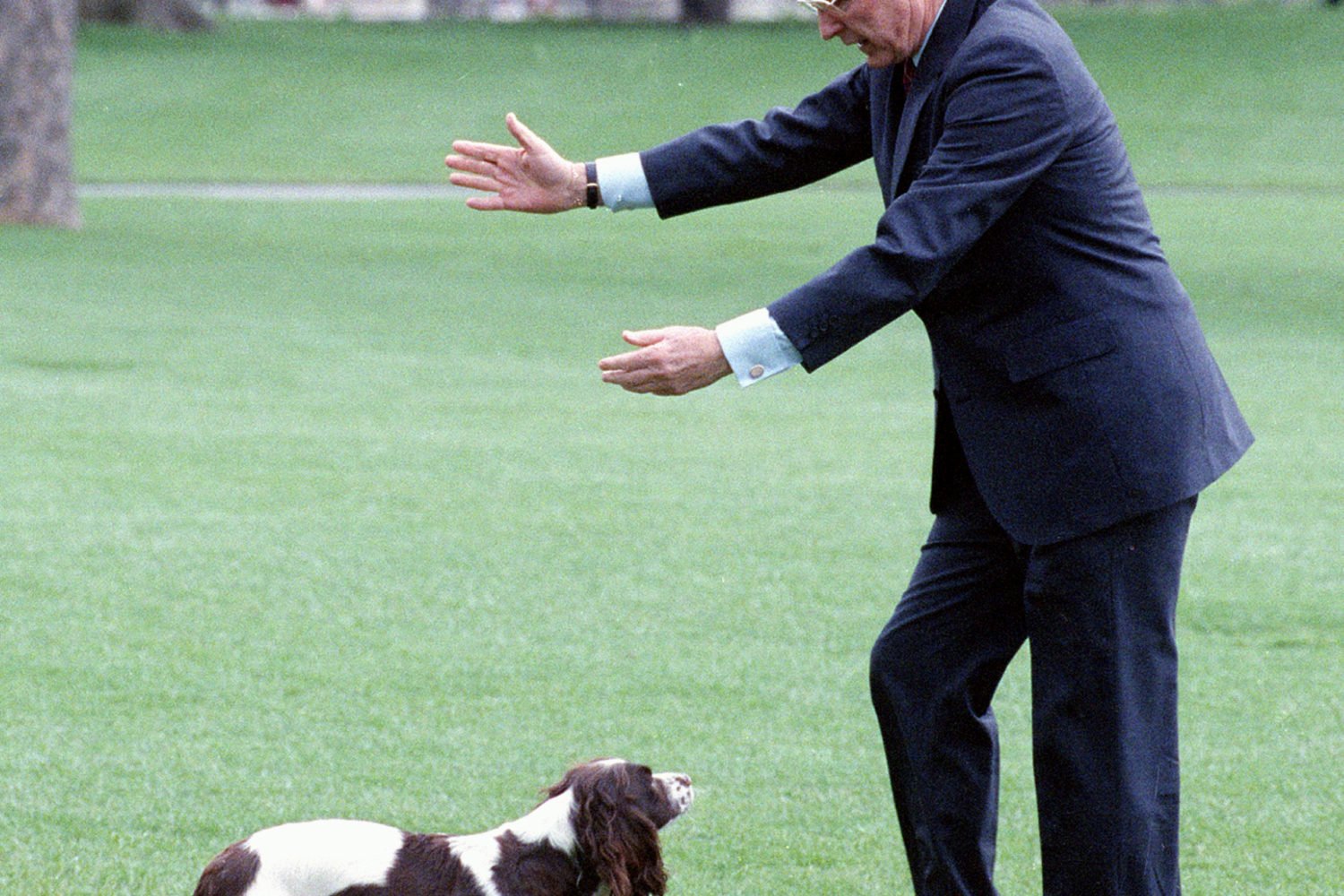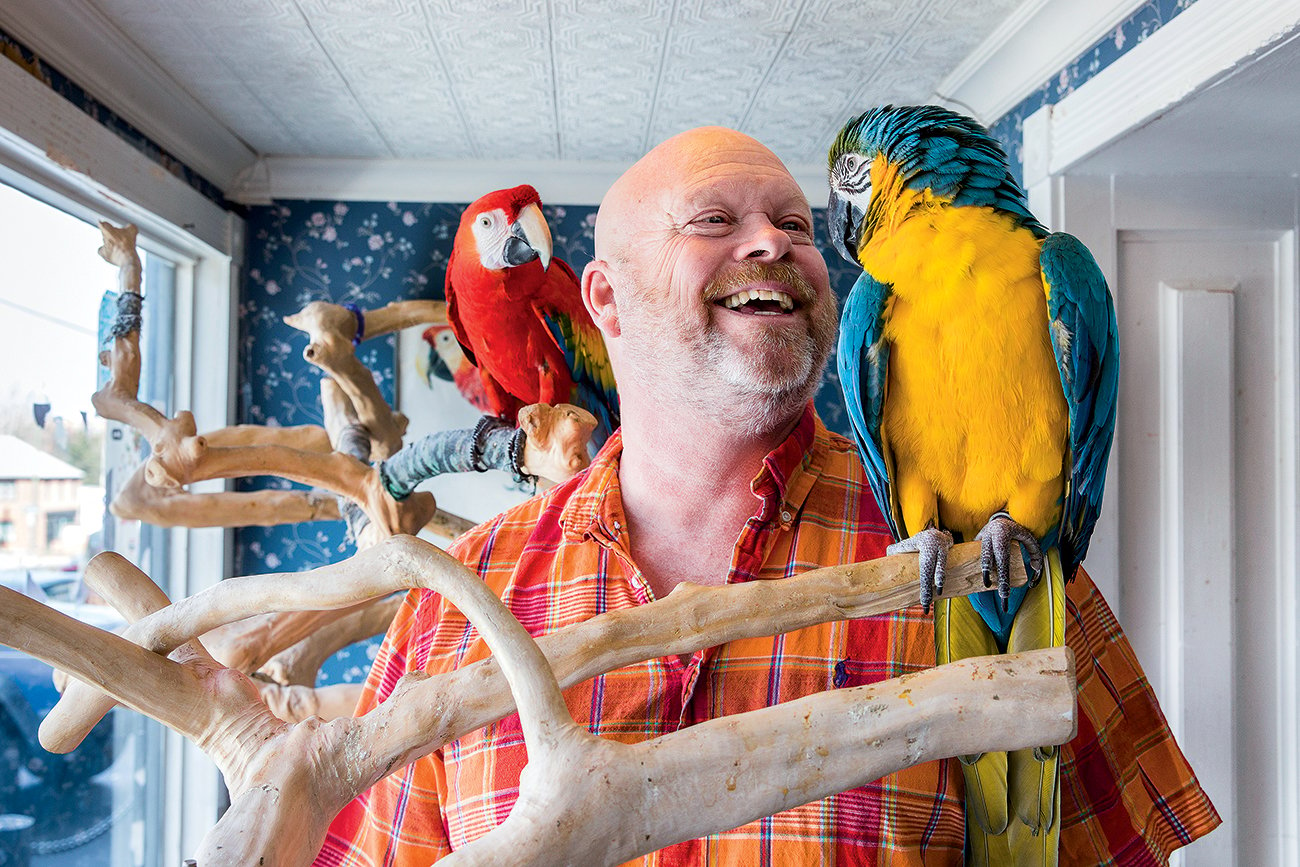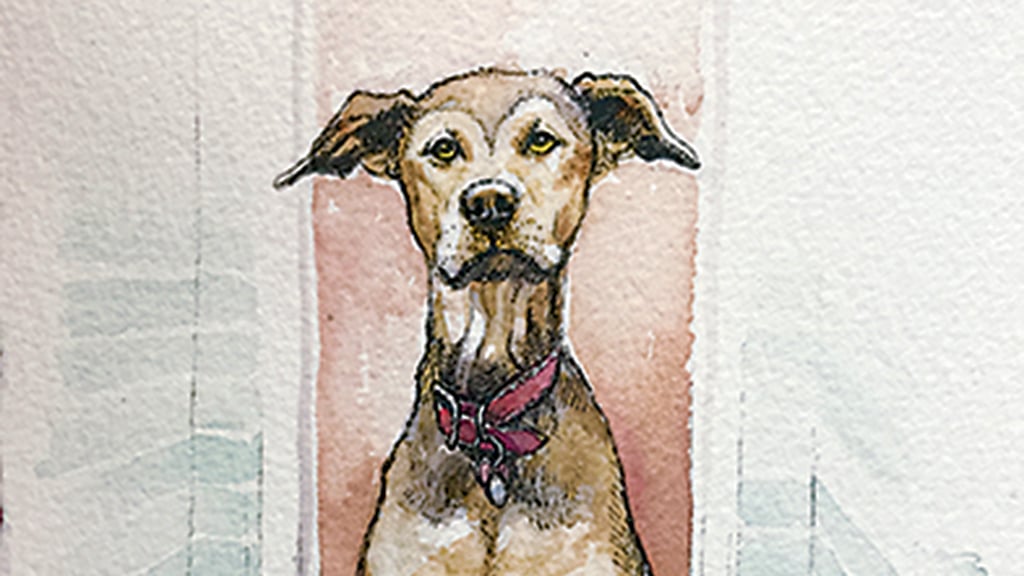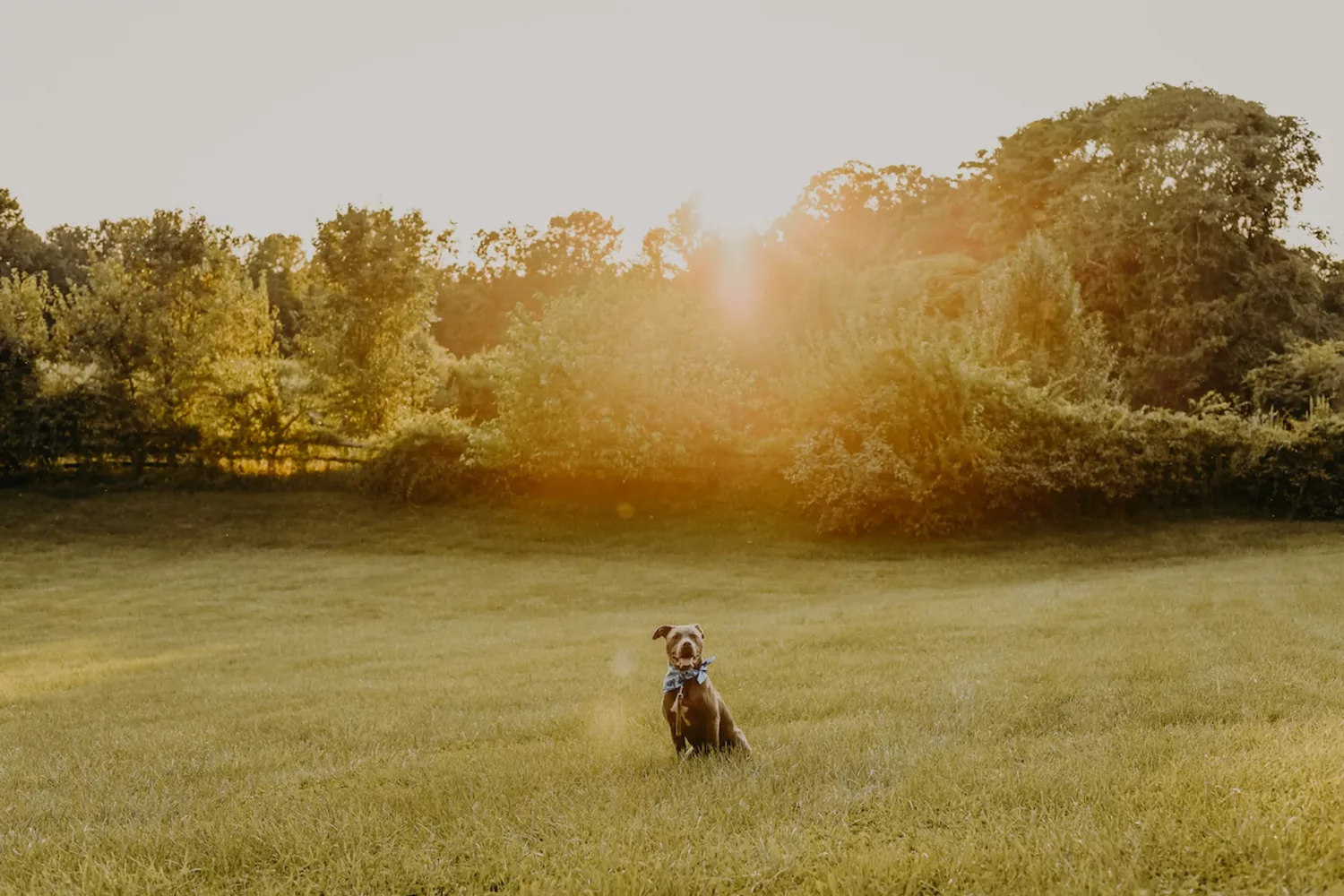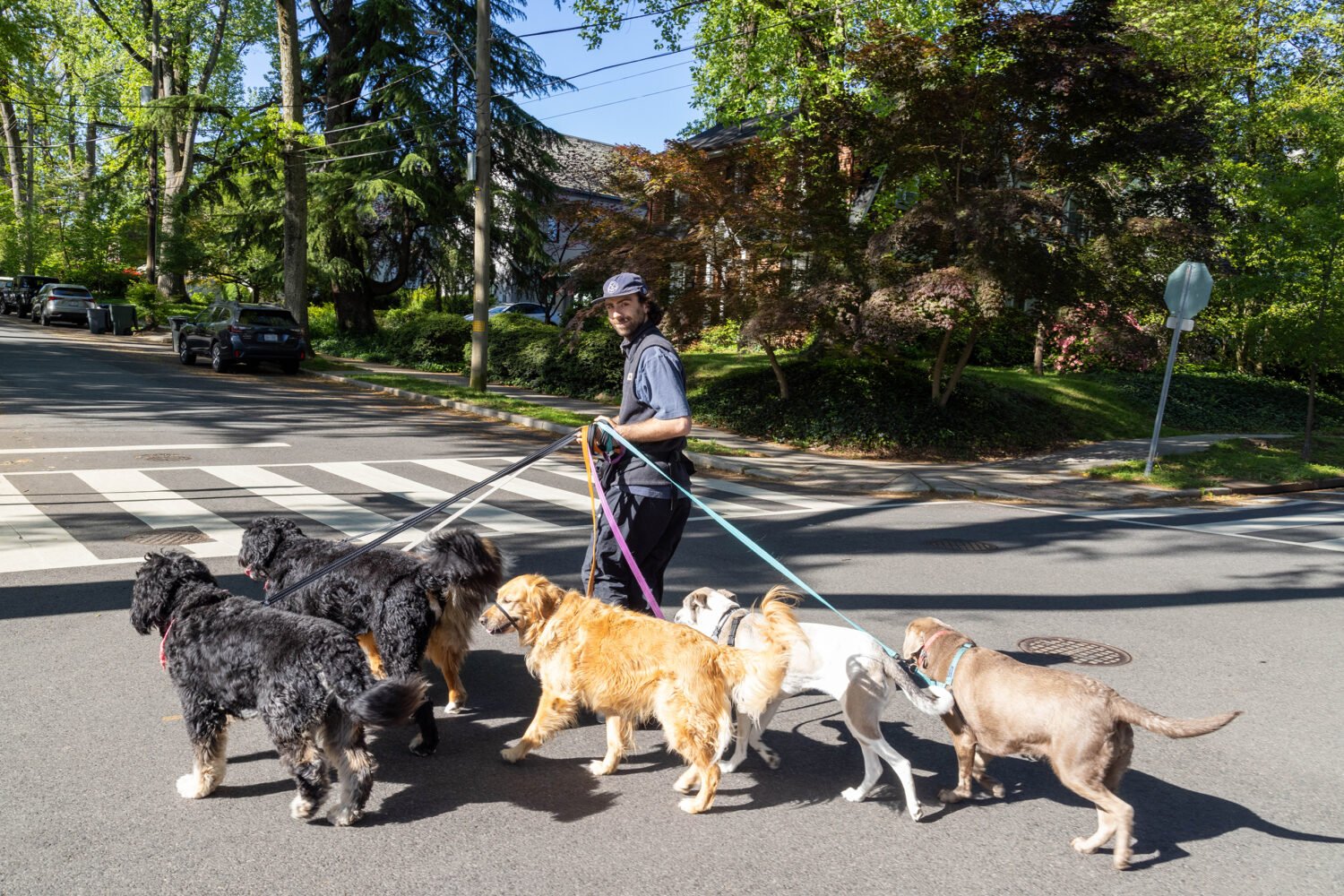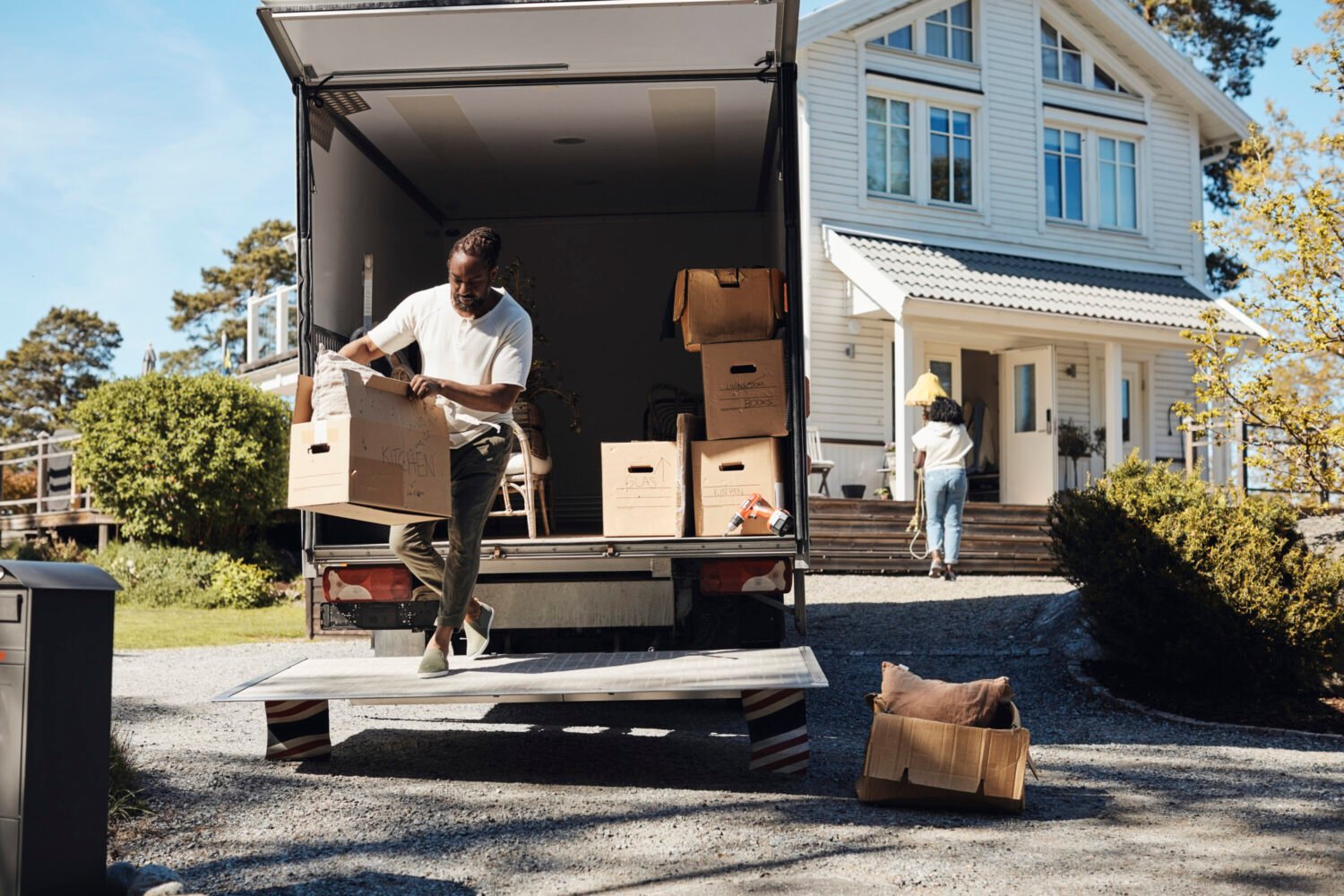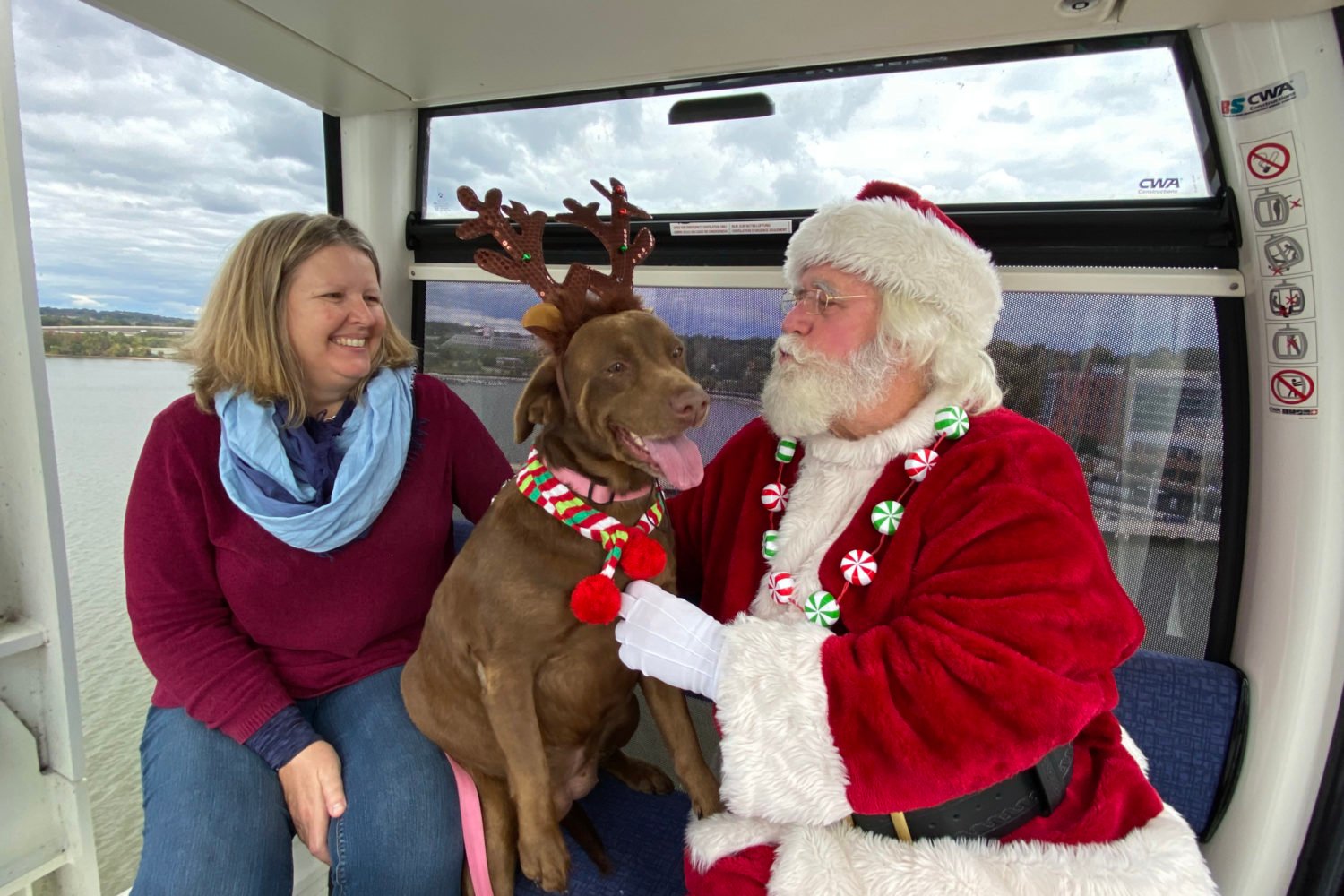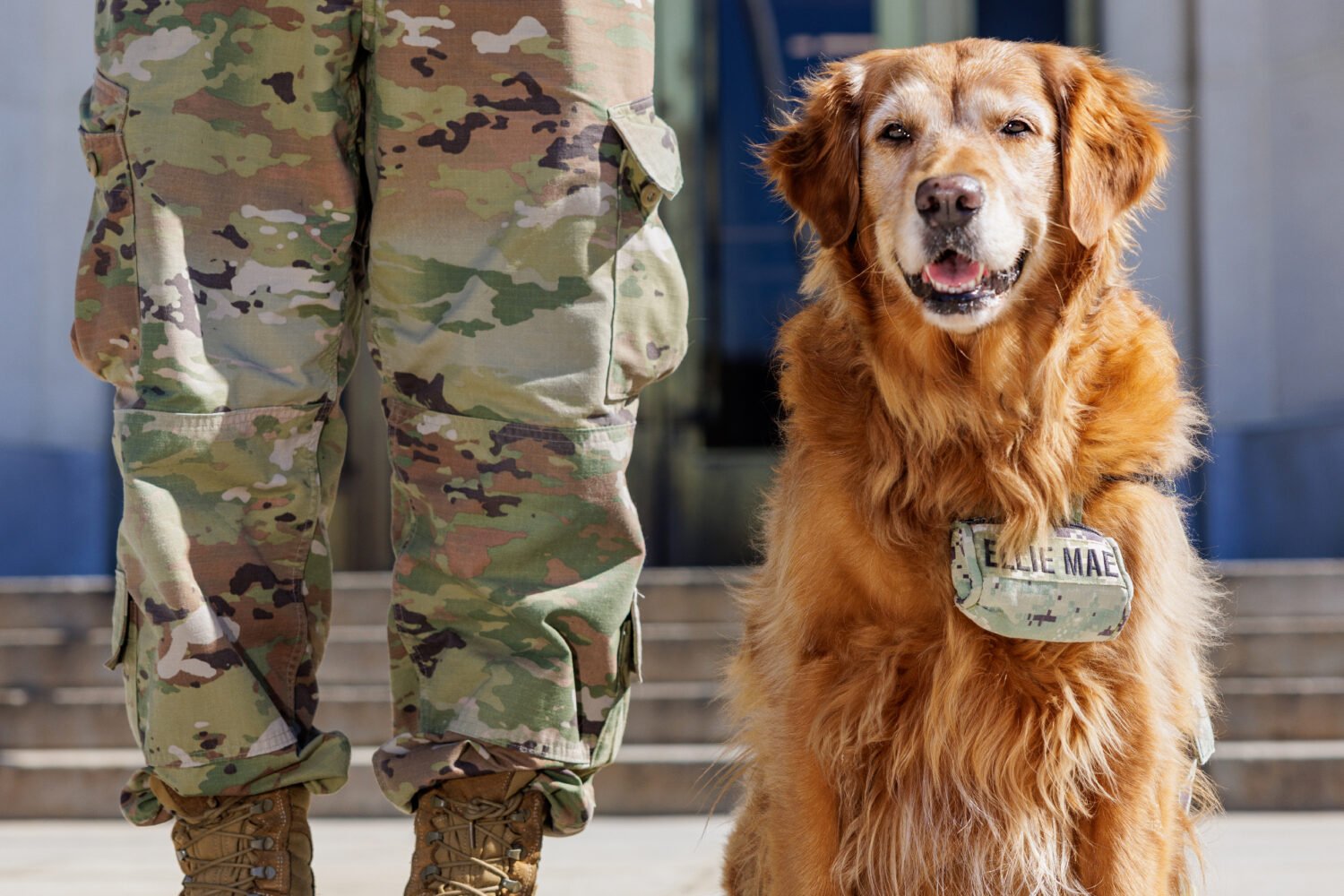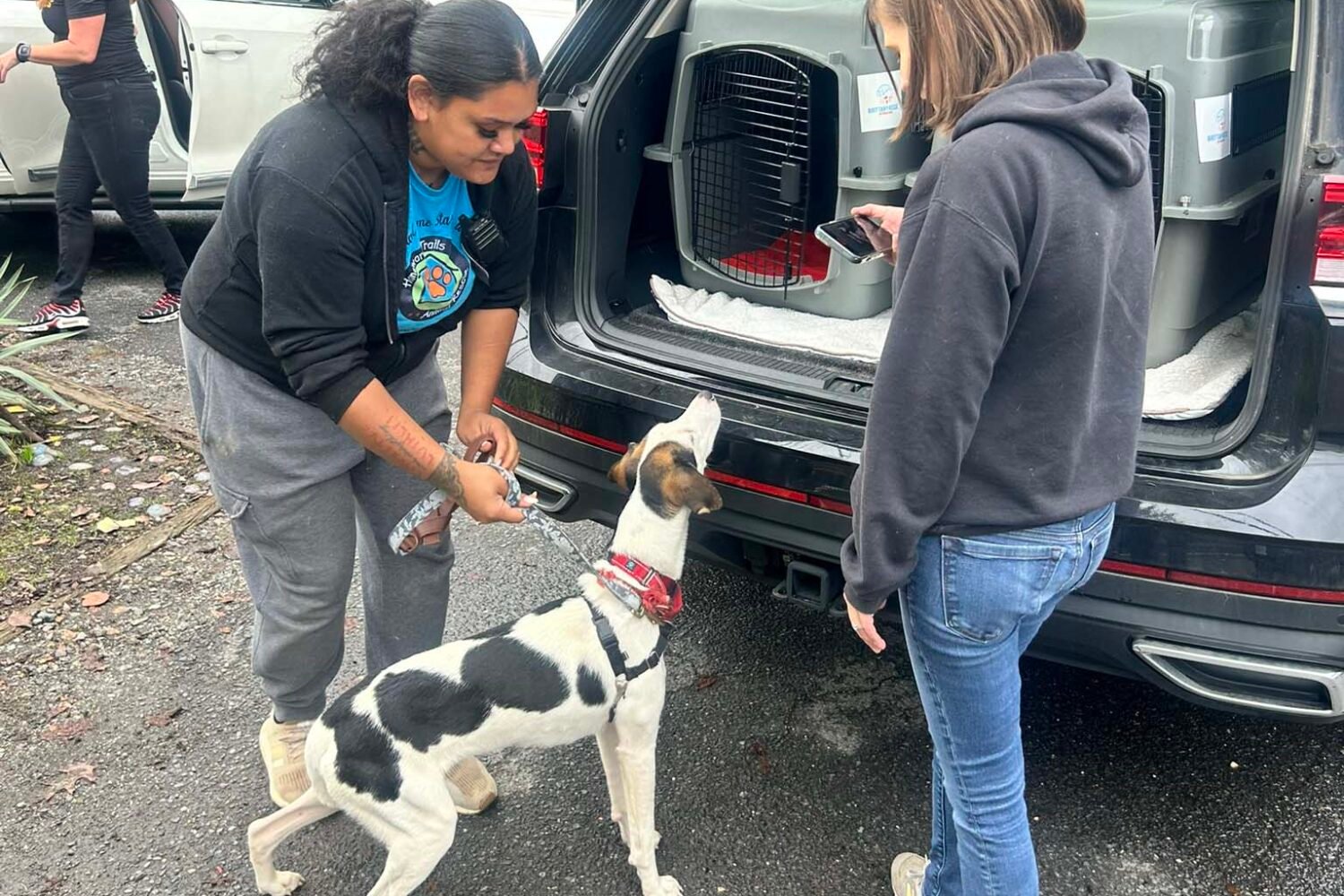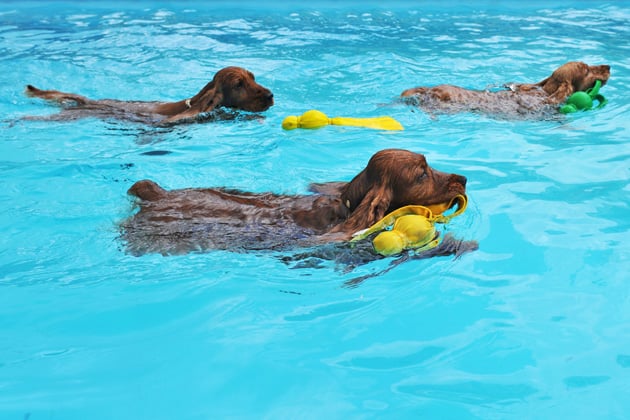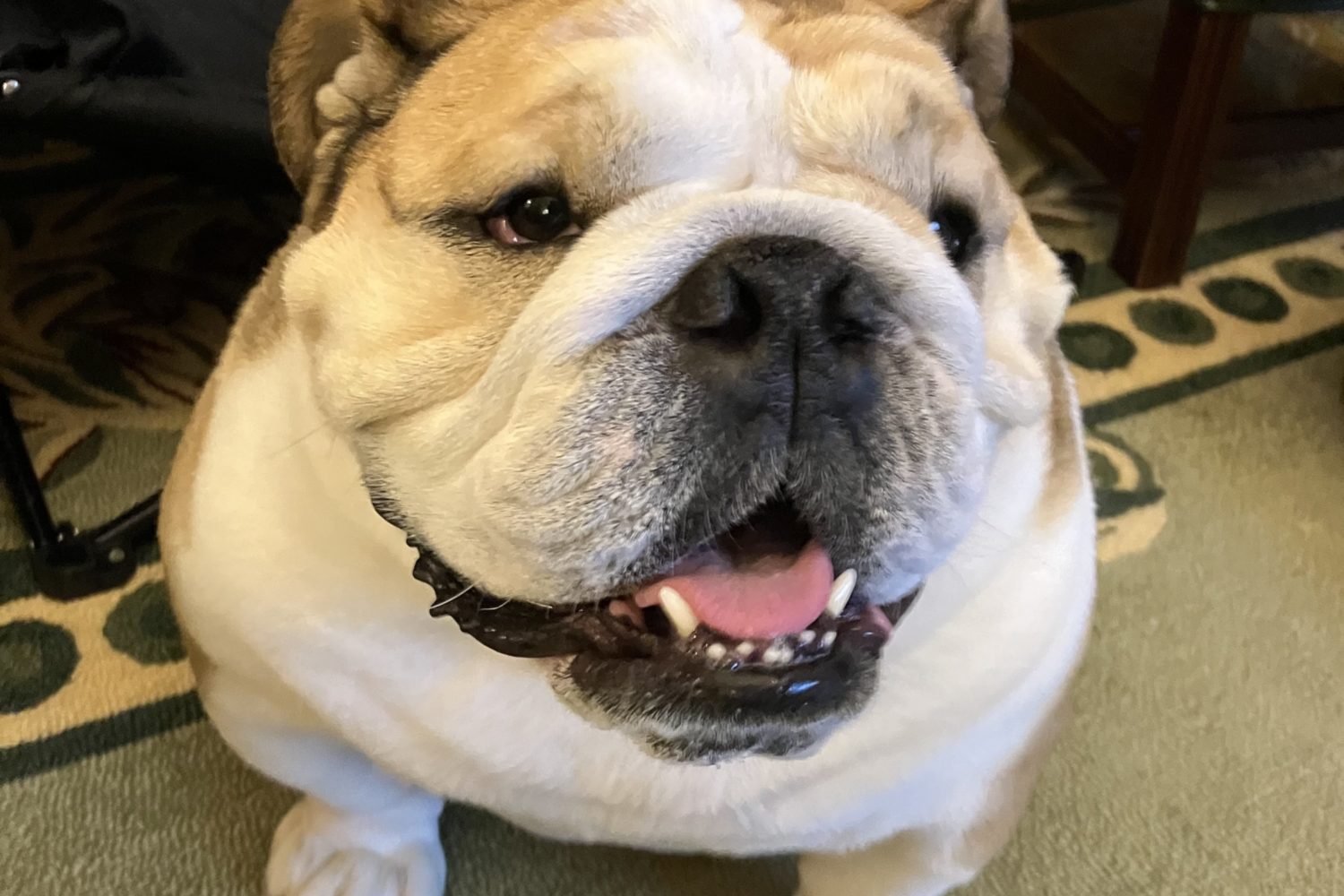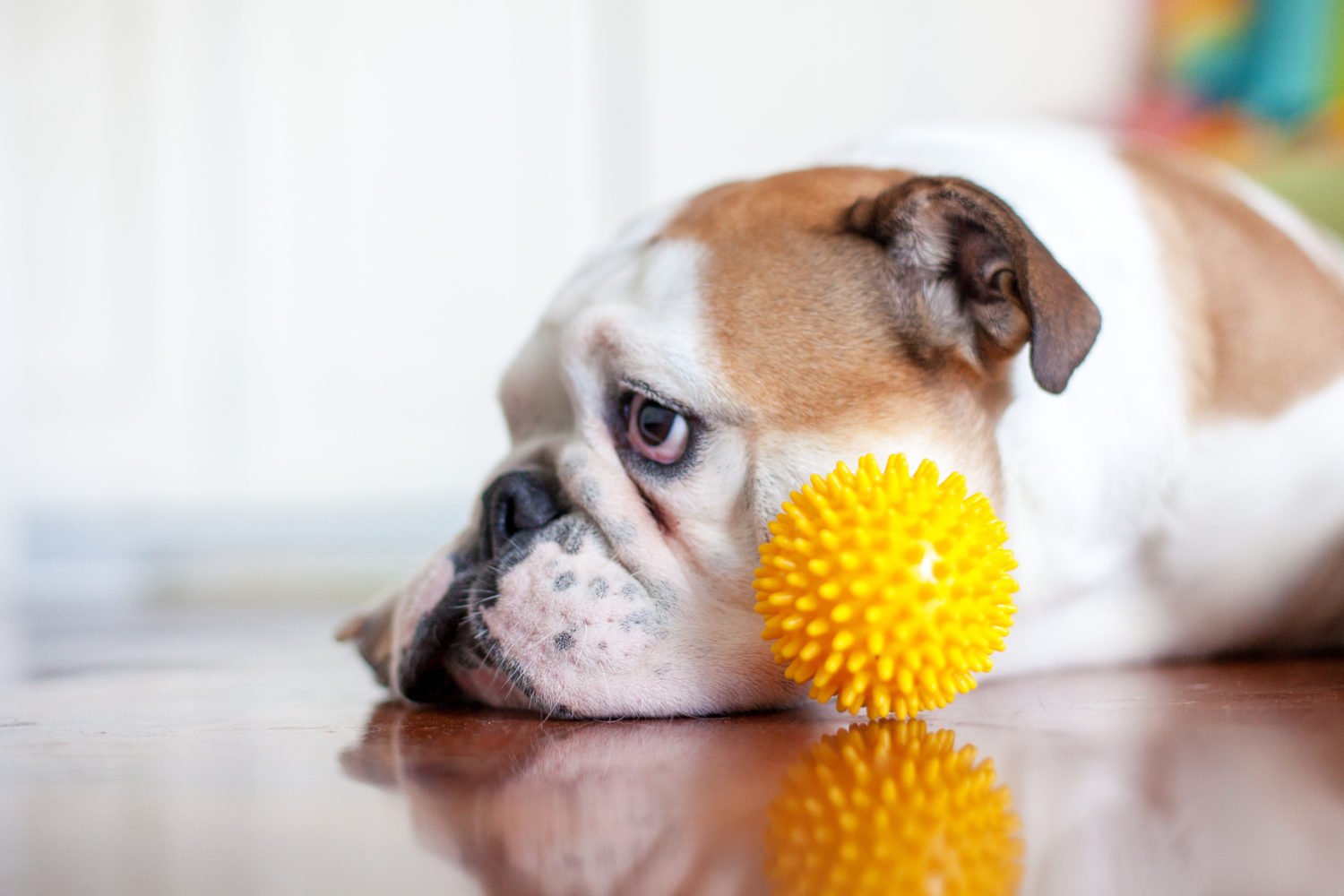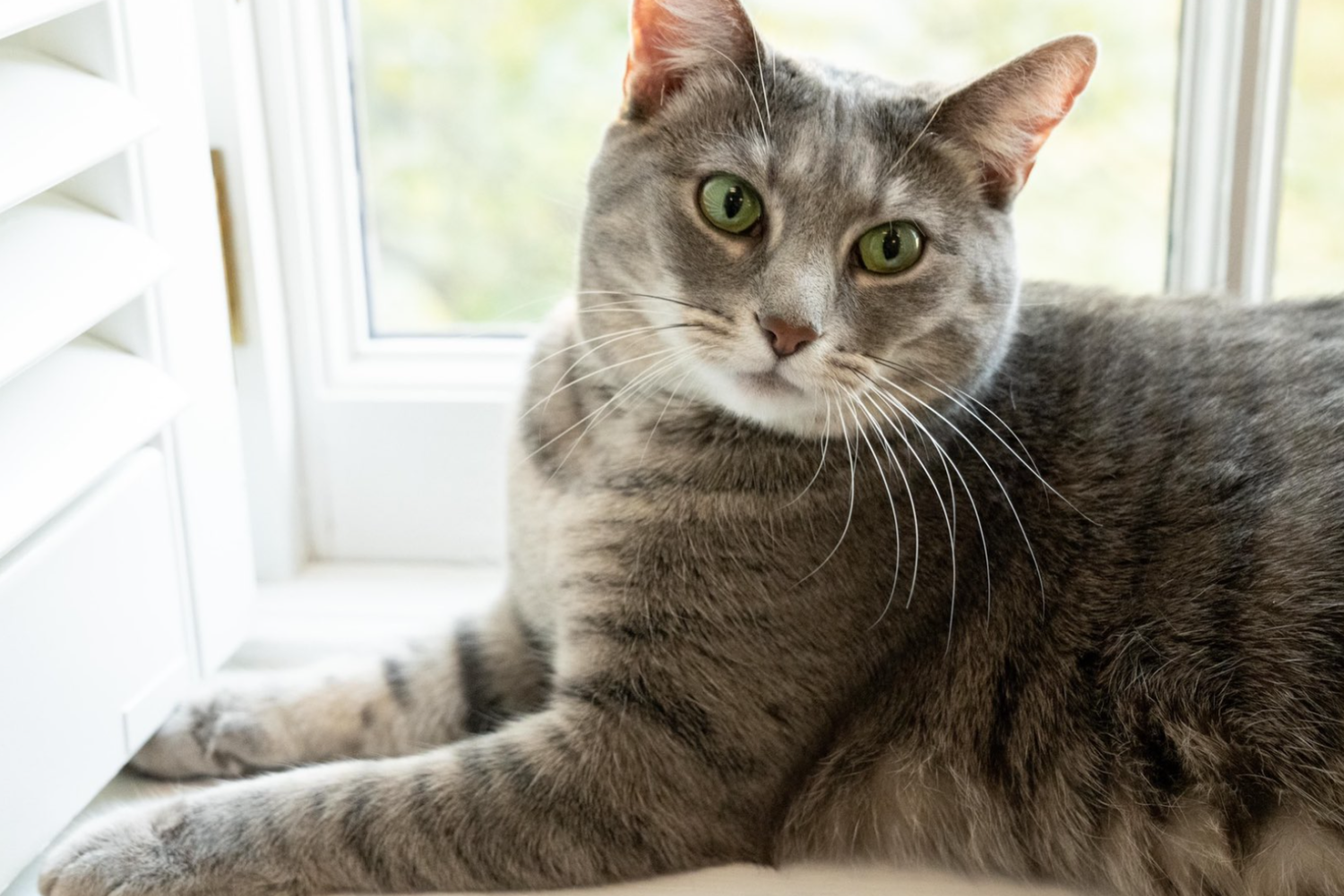It’s been nearly a year since Covid-19 sent most office workers home indefinitely. We’ve battled spouses and kids for wi-fi bandwidth, MacGyvered workspaces out of dusty basement corners—and, finally, sort of gotten used to it.
All the while, our pets have been acclimating to the new routine, too. And unlike us, they haven’t had the benefit of knowing why their whole lives changed overnight. Now, with vaccines on the way, many of us are anticipating a return to the office—once again, the dog won’t get a say in the matter.
Vets and behaviorists worry about a potential surge in separation anxiety, particularly among animals who were adopted during quarantine and thus have no familiarity with their families’ pre-Covid life. Some advice for easing their transition:
Let your animals practice being alone
Even if that just means running to the store without them, leaving pets alone is important. “Otherwise,” says Leslie Sinn, a veterinary behaviorist in Northern Virginia, “how are they going to be able to self-soothe or be content in their own company?” Before the pandemic, Sinn would take her dog along on errands whenever possible. “But now,” she says, “I view it as an opportunity for him to actually practice being away from me.”
Tire them out mentally
Sometimes animals act out when they’re alone not because they’re anxious but because they’re frustrated and bored. One way to avoid this is by making sure they’re ready for naptime when you leave. “Take your dog on a sniffari,” says Tracy Krulik, a certified separation-anxiety trainer in the area. “Let your dog’s nose lead the way. Let him sniff around, go zigzaggy. Thirty minutes of sniffing like that is going to make your dog snoozier and more relaxed than two miles of walking is ever going to do.”
Make sure your pet has access to a “safe haven” when you’re not around
This is a spot or room where the animal is most comfortable, explains Carlo Siracusa, a veterinary behaviorist and professor of behavior medicine at the University of Pennsylvania. Keep in mind that your pet’s preferred place might have changed during the pandemic. If she’s been spending all day in the home office with you, for example, she may want to stay there in your absence. If that’s not possible, you should gradually restrict access. “You can’t just lock the door the day you go back to work,” says Siracusa.
Alexandra Dilley, director of behavior and training at the Humane Rescue Alliance, suggests creating a “fort-like” spot for dogs who get anxious, such as an open crate with a blanket over the top—emphasis on “open.” Unless you’ve properly crate-trained, to the point that your animal voluntarily spends time in it, chances are that confining an already nervous dog will make him feel much worse.
Ease back into the old routine well in advance
If the morning walk will move from 10 am to 7 am once you return to the office, slowly inch up the time so it won’t feel like an abrupt change. If you’ve let your usual pre-work routine slip, start getting back into it. “What is it [normally] like when you go to work? If you get up, shower, dress, and grab your computer, do all of that, then just go to your home office, or go get a coffee and come home,” says Krulik. “Get your dog used to that again.”
If daycare or a dog walker is in your pet’s future, remind the animal what it’s like to be around other people and dogs, because her social interaction has likely been limited during the pandemic, just as ours has. Try distanced, outdoor playdates. Don’t wait until the first day back to drop your dog off at daycare—let her have a few practice runs ahead of time.
Put your pets on camera
Some signs of separation anxiety are impossible to miss: furniture that’s been chewed, peeing and pooping indoors, a neighbor complaining about constant barking while you’re away. But other indicators aren’t so obvious—which is why there’s a whole array of pet-cam options, viewable from your phone. “The dog might be having a hard time, and the only thing he’s doing is laying by the door all day—not eating, not drinking—and you’re not realizing it because he’s not destroying anything,” says Siracusa. Other signs that a dog is stressed include nonstop pacing, a general inability to settle down, and even constantly grabbing toys. In other words, a content dog should be able to just relax while you’re gone.
If you see signs of anxiety, consider what might be exacerbating it
Aside from missing you, other stimuli in your pet’s environment may become problematic while you’re gone. “A lot of dogs are very vigilant when they’re left alone, because they’re a little bit worried,” says Sinn. Routine noises—such as street traffic or the mail arriving—can sound much scarier in your absence. Or maybe it’s seeing strangers passing, or the mail carrier, or even just the empty driveway where your car usually sits, that’s stressful. Figuring out how to dull these sights and sounds may make a big difference.
Don’t wait to get help
Anytime your pet exhibits troubling or out-of-character behavior, immediately consult your veterinarian so you can rule out a medical cause. If everything is physically fine and you still aren’t successful helping your animal on your own, enlist a professional trainer or behaviorist as soon as possible so that the behavior doesn’t get worse. Your vet can also prescribe an antianxiety medication.
Steps To a Drama-Free Departure
If your dog gets upset when you leave the house, veterinary behaviorist Leslie Sinn recommends this exercise

Set up a comfy mat or bed for your dog. Start out by simply tossing treats onto it to get her interested. Practice a few minutes every day until you notice your dog starting to search for treats on the mat on her own.
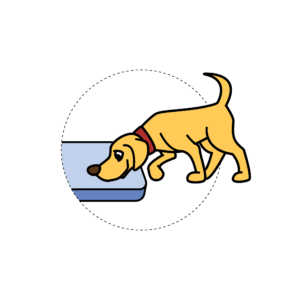
Now, instead of preemptively tossing treats, wait until you see your dog looking for them on the mat, then reward her for doing so by tossing them over. This is called “capturing the behavior.”
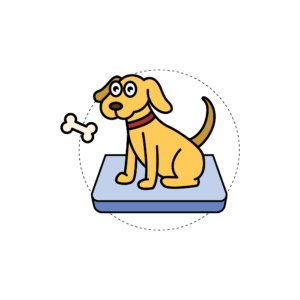
Gradually increase the requirements for earning a treat. Start with rewarding the dog for put-ting one paw on the mat, then work up to two paws, and so on. Eventually, she’ll get a treat only when she sits down on the mat.
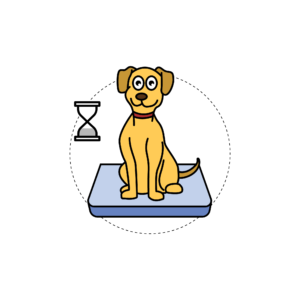
Before you leave the house, place a long-lasting treat (such as a bully stick or frozen Kong) on the mat for your dog to enjoy.
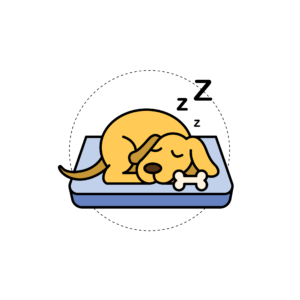
Your dog should develop a preference for the mat. Now work up to longer intervals between when she sits on it and when she gets her treat. Wait one minute, then five, then ten, and so on. Pretty soon, she’ll associate the mat with feeling safe and content.
Illustrations by Jenny Rosenberg
Tools to Try
Animal experts recommend these products for anxious dogs
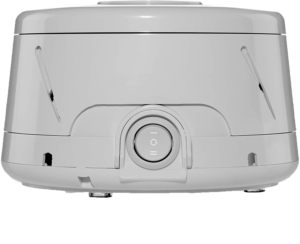
Yogasleep “Dohm Classic” white-noise machine, $43 at Amazon
Often, just leaving a radio or TV on isn’t enough to dampen outside noises that may put your dog on edge. A white-noise machine can be much more effective.

Kong toy, $7.50 to $25 (depending on size) at chewy.com
Fill one of these with peanut butter, freeze it overnight, then hand it over when you leave. It’ll give your dog something to focus on besides your departure.
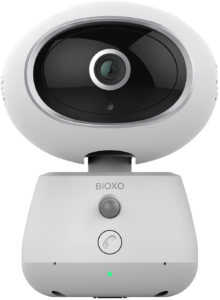
Bioxo pet camera, $36 at Amazon
Check in on your animals with cameras that sync to your wi-fi and can be monitored via an app that you download to your phone.
Static-cling film, $18 at Home Depot
If your dog gets worked up staring out the window all day, try frosting the glass with removable film. Unlike blinds or drapes, your pet can’t push it aside.
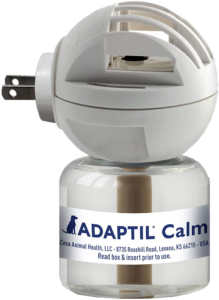
Adaptil calming diffuser, $19 at Amazon
Plug it in and it releases a synthetic version of a mother dog’s nursing pheromone that’s been shown to have a calming effect.
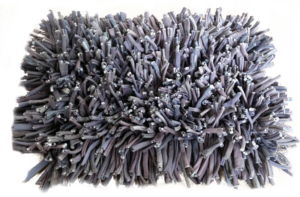
PAW5 “Wooly” snuffle mat, $40 at Amazon
Prevent boredom by hiding kibble in the mat for your dog to sniff out while you’re gone.
How to Find Professional Help
Anyone can hang out a shingle as a trainer or behaviorist—the industry is almost totally unregulated. But there are some ways to distinguish the real pros.
1. Look for the right accreditations
KPA, PMCT, and JD all stand for widely respected dog-trainer programs. It’s a good sign if trainers or behaviorists have any of these by their names. You should also look for CPDT, which means a person has been certified by the Certification Council for Professional Dog Trainers. CSAT is the accreditation for a Certified Separation Anxiety Trainer.
Veterinary behaviorists are distinct from just plain “behaviorists.” They are veterinarians who have undergone specialized training in behavioral health—essentially animal psychiatrists. You can search for one in your area at dacvb.org.
2. Ask for references
Independent trainers (as opposed to the big chains) rely on word of mouth to stay in business—and tend to be more attentive than national chains—so they should be able to put you in touch with happy past clients.
3. Look for someone who uses positive reinforcement
If you’re dealing with an anxious dog, punitive training methods such as shock collars can exacerbate behavior problems or lead to new ones.
4. Talk to your veterinarian
Your vet can likely refer you to a trainer and, if necessary, prescribe antianxiety medication to help your pet.
Cats Get Separation Anxiety, Too
Despite their aloof reputation, cats can get stressed when they’re home alone. Signs of separation anxiety include increased vocalization and restlessness, becoming aggressive with their owners when they try to leave, and vomiting. As with dogs, there are tools that may help.
Food Toys
Try leaving your cat with a food puzzle like one of these to keep her entertained while you’re gone.

Catit “Senses 2.0 Digger” interactive toy, $15 at Amazon. Cats have to fish kibble out of the tubes.
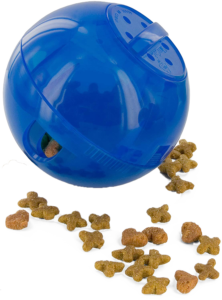
PetSafe “SlimCat” meal-dispensing ball, $7 at chewy.com. Cats bat the ball around to make kibble come out.
Pheromone Diffuser
Plug it in to emit a synthetic version of a pheromone that’s been shown to calm cats.
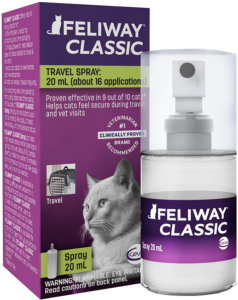
Feliway cat-calming diffuser, $36 at Amazon.
Photographs of products courtesy of retailers
This article initially appeared in the February, 2021 issue of Washingtonian.

